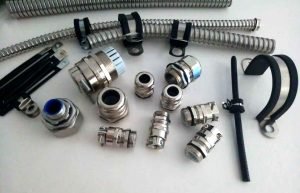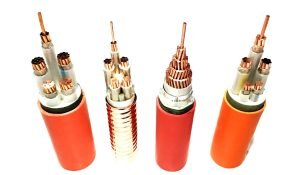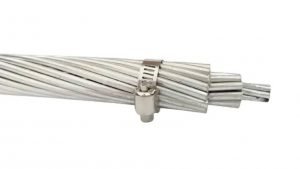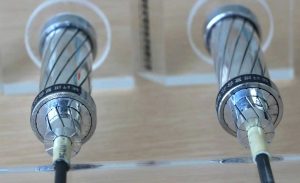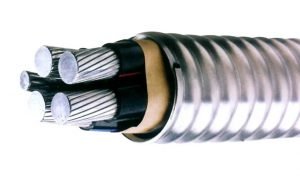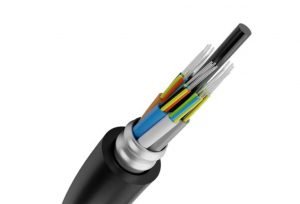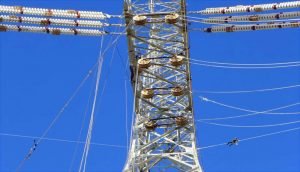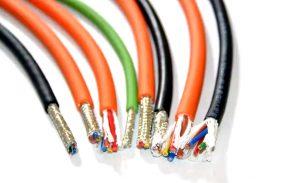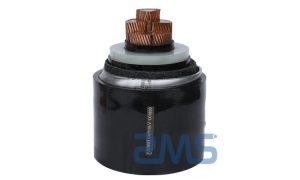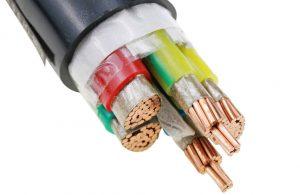Cable accessories have an important influence on its use. The factors to judge the quality of the accessories are multiple. In principle, include the following.
Information
Wire and cable are important industrial products for a wide range of applications.. ZMS provides you with technical information on all types of wire and cable.

What Is Fire Resistant Cable And Its Characteristics?
Fire resistant cable refers to a cable that can remain operational for a certain period of time when burned. Can maintain circuit integrity in case of fire. It has copper as a conductor, a seamless copper tube as cover and magnesium oxide inorganic mineral as insulation.
Characteristics of ACSR Aerial Conductors
ACSR overhead conductors are stranded aluminum conductors with a steel core.. These bare conductors are used in overhead cables.. They have the advantages of simple construction, ease of assembly and maintenance, low line cost and high transmission capacity.
What Is Composite Core Aluminum Conductor and What Are Its Advantages?
Composite Core Aluminum Conductor is a conductor with carbon fiber core. It's a new kind of driver for airlines of transmission. This type of cable is light, stretch resistant, thermally stable and corrosion resistant. It is especially suitable for use in coastal areas, mining areas and other corrosive environments where the driver is prone to dancing.
What is Electric Armored Cable? Characteristics of Armored Cables
Electrical armored cable is cable equipped with a hard armor layer on the outside of the conductors.. Armor structure effectively protects electricity conductors from external damage. These types of cables are often used for buried installations in harsh environments. They're safe, reliable, resistant to animal bites and protect against acid and alkali corrosion.
What are the differences between communication fiber optics and power fiber optics??
Fiber optic cables are mainly used in communication lines for signal transmission. According to its use, can be divided into fiber optic communication, power optical cable, outdoor fiber optic, optical cable for mining, etc. So, What are the differences between communication fiber optics and power fiber optics??
Why Electricity Is Transmitted at High Voltage? The Principle of High Voltage Transmission
High-voltage transmission is a key step in large-scale electricity transmission. Usually, high voltage transmission is long distance transmission. So, why use the dangerous HV lines to transmit electricity? In fact, the main purpose of using high voltage is to reduce unnecessary losses in transmission over long distances.
Everything You Need to Know About Control Cables
Control cables are an integral part of the electrical system. If you want to know what a control cable is, the characteristics, functions and models of control cables and how to use them correctly in your daily life, take some time to read the article and you will surely learn something.
What is LSZH Cable and Where to Use It?
LSZH cable is low smoke halogen free cable. low smoke emission, namely, reduces the production of harmful objects during combustion. Halogen is a toxic gas for humans. Halogen free means no toxic gases are released in the event of a fire.

